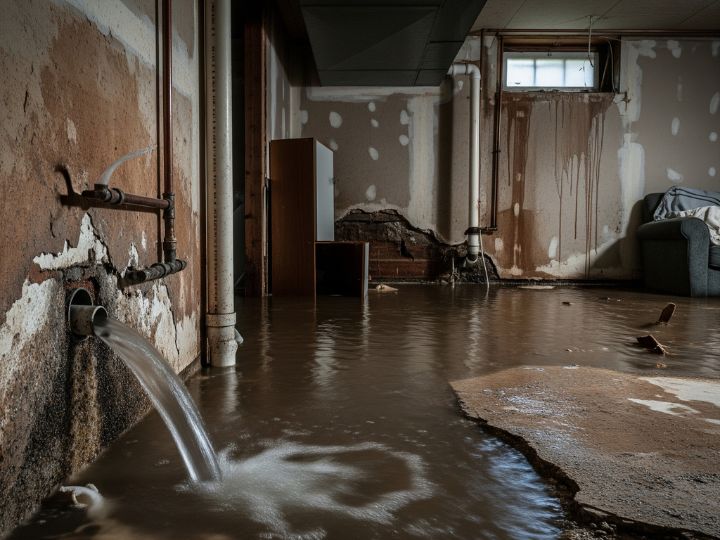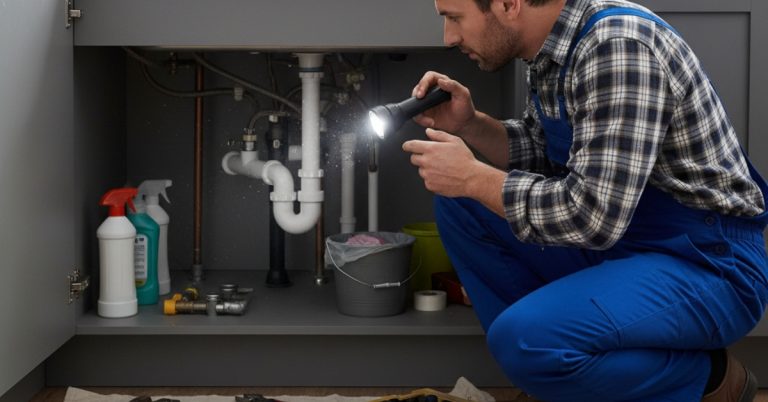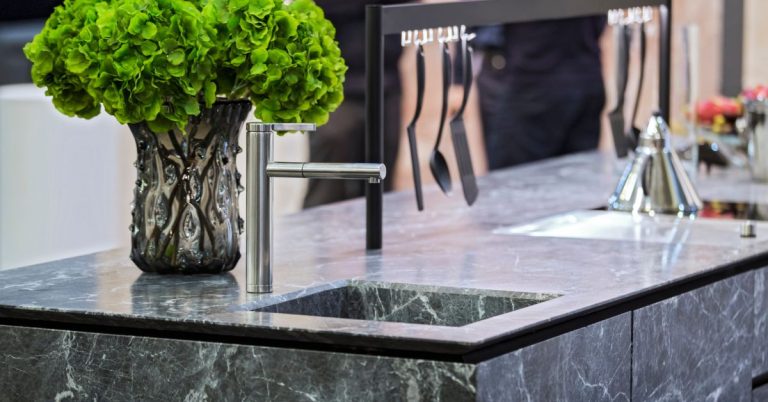Floods can wreak havoc on more than just your walls and floors—they can seriously compromise what’s hidden beneath: your plumbing. From contaminated water lines to broken pipes and clogged drains, the impact can be extensive and expensive. Understanding how flooding damages plumbing systems is key to preventing long-term issues that may not show up right away. In this blog, we’ll explore the hidden risks, warning signs, and steps you should take to protect your plumbing after a flood.
Table of Contents
1. Floodwater Contamination and Backflow Issues
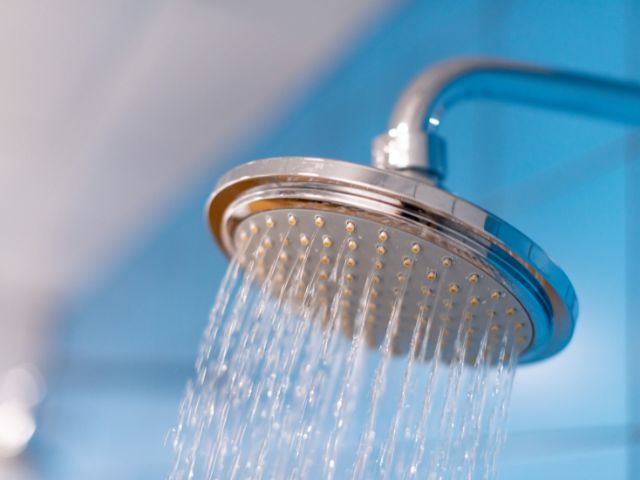
One of the most immediate dangers during a flood is backflow contamination. When external water levels rise rapidly, sewer systems can become overwhelmed, forcing contaminated water back into your home’s plumbing.
- Sewage Backup: Heavy flooding can cause municipal sewer lines to back up, pushing raw sewage into bathtubs, sinks, and floor drains.
- Cross-Contamination: Floodwaters often contain chemicals, human waste, and bacteria like E. coli. This hazardous mixture can enter potable water lines through cracked pipes or broken backflow preventers.
Health Risks: Contaminated plumbing can lead to serious health hazards, including gastrointestinal infections, skin diseases, and long-term exposure to toxins.
2. Cracked and Dislodged Pipes from Soil Movement
Flooding causes significant changes in soil density and pressure, which impacts the underground pipework.
- Pipe Displacement: As water saturates the soil, the ground becomes unstable. This can shift and dislodge underground pipes, misaligning joints or breaking entire segments.
- Cracked Sewer Lines: Clay or cast iron pipes are especially vulnerable. When soil shifts, the rigid structure of these pipes can crack or collapse, leading to leaks and costly excavation repairs.
Foundation Impact: Foundation movement can place stress on interior plumbing lines, potentially causing leaks within walls and slabs.
3. Water Heater and Appliance Damage
Floodwaters often reach mechanical rooms, damaging appliances like water heaters, washing machines, and sump pumps.
- Electrical Hazards: Appliances submerged in water pose a serious risk of electrical shock and must be replaced rather than repaired.
- Sediment Buildup: Silt and debris from floodwaters can enter water heaters, clogging valves and reducing efficiency.
Rust and Corrosion: Even brief water exposure can lead to internal rusting of heating elements and tanks, shortening the appliance’s lifespan.
Get your water heater repaired or replaced the same day
4. Blocked Drains and Clogged Fixtures
After flooding, it’s common to experience slow-draining sinks, tubs, and toilets due to trapped debris or mud within the pipes.
- Debris Accumulation: Organic matter like leaves, twigs, and silt can enter drainage systems during a flood and obstruct flow.
- Grease and Sludge Formation: Mixed contaminants can form greasy sludge inside your drain pipes, leading to stubborn clogs that require professional hydro-jetting services to remove.
Odor Issues: Blockages often emit foul odors due to decomposing material trapped in the lines, indicating underlying drainage issues.
5. Structural Damage to Plumbing Fixtures and Materials
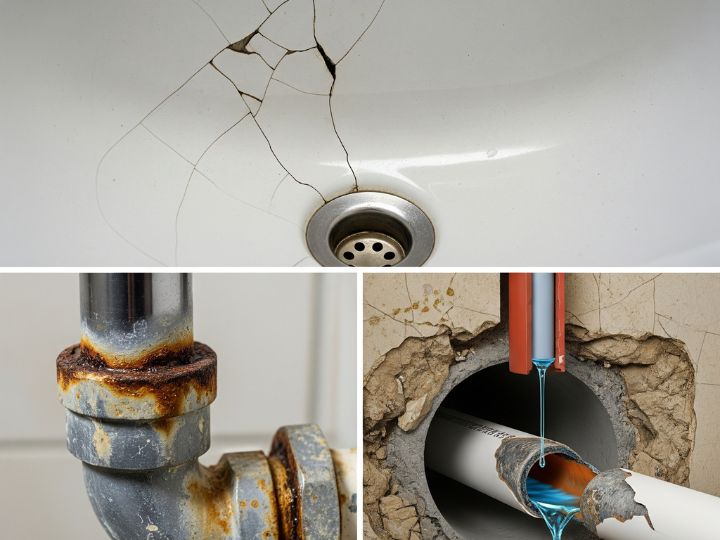
High water pressure and physical force from moving floodwaters can damage exposed plumbing components.
- Broken Fixtures: Outdoor faucets, hose bibs, and above-ground pipes may be snapped or cracked by water debris or force.
- Dislodged Pipe Supports: Wall-mounted brackets and supports can be pulled loose, putting stress on joints and causing leaks.
- Burst Pipes: Pipes already compromised by corrosion or age may burst under fluctuating water pressures during a flood event, often requiring professional home repiping services.
6. Mold Growth and Water Intrusion Behind Walls
Hidden water damage from plumbing leaks after a flood often goes unnoticed until mold and mildew begin to develop.
- Hidden Moisture: Water seeping into wall cavities and subfloors from cracked pipes creates an ideal environment for mold.
- Long-Term Health Concerns: Mold spores can trigger respiratory issues, especially in children, seniors, and immunocompromised individuals.
Insulation and Drywall Damage: Saturated insulation must be removed, and drywall replaced to fully remediate plumbing-related flood damage.
7. Septic System Overload and Failure
Homes that use septic tanks face additional challenges during and after a flood.
- Tank Overflow: Excess water can flood the septic tank, preventing it from processing waste effectively and causing it to overflow into the yard or even into the home.
- Drain Field Saturation: The soil around the drain field may become waterlogged, making it impossible for the septic system to function properly.
- System Backups: Without a functioning septic system, wastewater may back up into the home through toilets and drains.
8. Corrosion and Pipe Material Degradation
Extended exposure to floodwaters accelerates corrosion in metallic pipes and fixtures.
- Galvanized Steel Vulnerability: Older homes with galvanized steel pipes are especially at risk. Water exposure can cause rapid rusting and pipe failure.
- Pitting and Electrolysis: Mixed metals in wet environments can experience electrolysis, leading to pitting corrosion inside copper or brass pipes.
Plastic Pipe Concerns: While PVC and PEX are resistant to rust, they can still warp or loosen at joints when exposed to hot or high-pressure floodwaters.
9. Damage to Plumbing Vents and Roof Penetrations
Flooding combined with high winds or debris can damage the venting system in your plumbing.
- Blocked Vents: Debris from floods can block rooftop plumbing vents, causing air pressure imbalances and sluggish drainage.
- Cracked Flashing or Seals: Roof penetrations may be damaged during a flood event, allowing water into the attic or wall structures, where it can seep into plumbing chaseways.
10. Prevention and Mitigation Tips
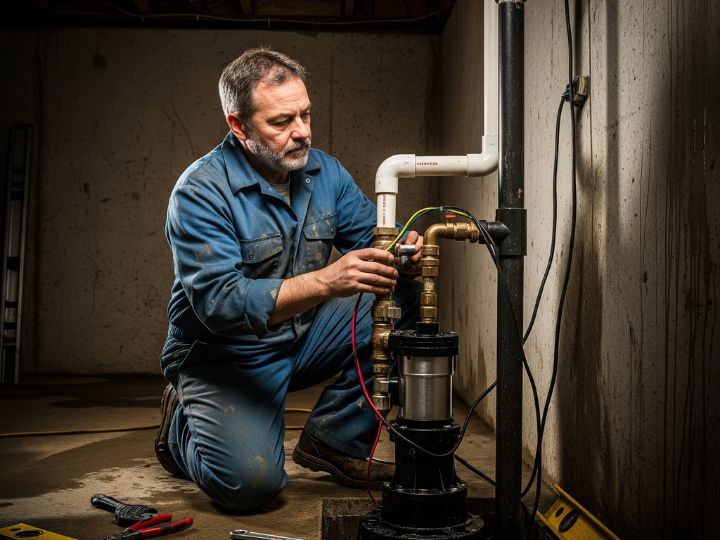
While floods can be devastating, certain preventative measures can help protect your plumbing system:
- Install Backflow Valves: These prevent contaminated water from entering your home during a sewer backup.
- Elevate Appliances: Raise water heaters, washers, and HVAC units above flood levels where possible.
- Regular plumbing Inspections: Annual plumbing checks can identify weak joints, corrosion, and potential vulnerabilities before disaster strikes.
Floodproofing: Consider sealing foundation cracks and using sump pumps with battery backup systems to reduce water intrusion.
Conclusion
Flooding doesn’t just leave behind visible damage—it silently wreaks havoc on your plumbing system, from cracked pipes and sewage backflow to mold growth and appliance failure. Understanding how flooding damages plumbing systems is the first step in protecting your home and family from long-term hazards. Acting quickly after a flood can make the difference between a manageable repair and a costly overhaul.
If your home has experienced flooding, don’t wait until small issues become major plumbing emergencies. Contact 5 Star Best Plumbing for expert inspections, repairs, and preventative solutions. Our licensed plumbers are trained to handle flood-related damage with precision and care. Trust us to restore safety and functionality to your home’s plumbing system—fast, reliable, and always ready when you need us most.
FAQs
Can floodwater make my drinking water unsafe?
Yes, floodwater can contaminate your drinking water with bacteria, chemicals, and sewage through cracked pipes or failed backflow preventers. It’s crucial to have your water supply tested and your plumbing system inspected after a flood.
Should I repair or replace a water heater damaged by flooding?
If your water heater was submerged in floodwater, it’s safer to replace it due to electrical hazards and potential internal corrosion. Repairs are generally not recommended because hidden damage may compromise its safety and efficiency.
How can I tell if my underground pipes were damaged by flooding?
Signs include slow drains, foul odors, wet spots in the yard, or an unexplained drop in water pressure. A professional plumber can perform a camera inspection to check for cracks or dislodged pipes.
Are plastic pipes like PVC safe from flood damage?
While PVC and PEX pipes resist corrosion, they can still loosen at joints or warp from hot or high-pressure floodwaters. Inspections are recommended to ensure no hidden damage exists.
What’s the best way to prevent plumbing issues during a flood?
Installing backflow prevention valves and elevating appliances can greatly reduce flood-related plumbing damage. Regular plumbing inspections also help identify and fix vulnerabilities before a flood occurs.

